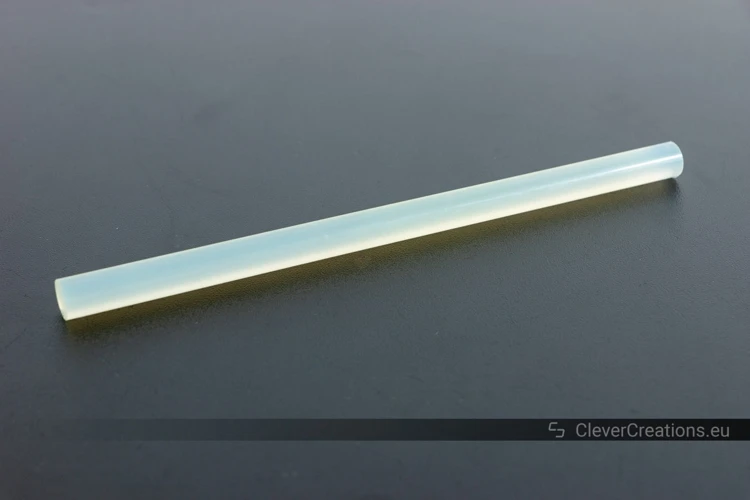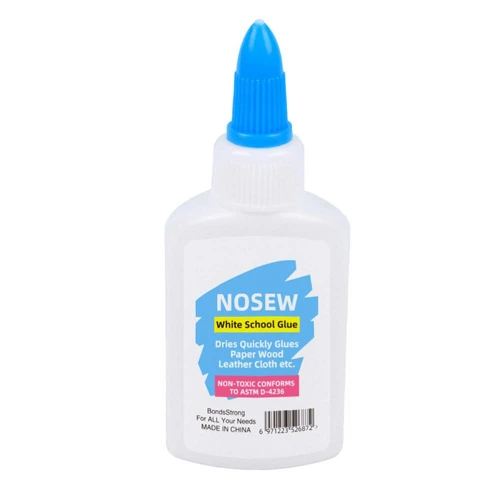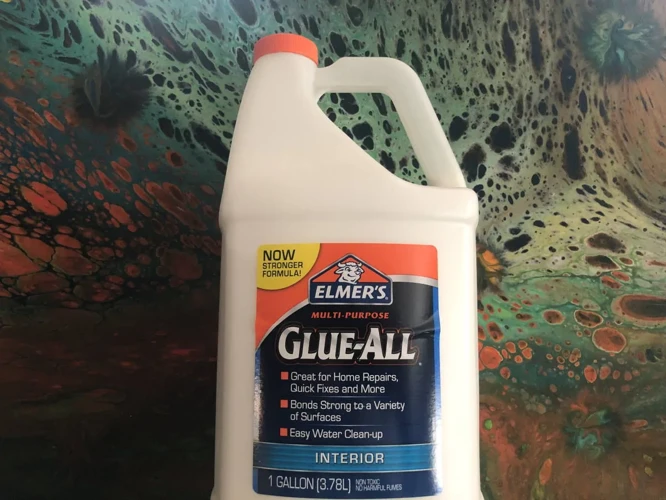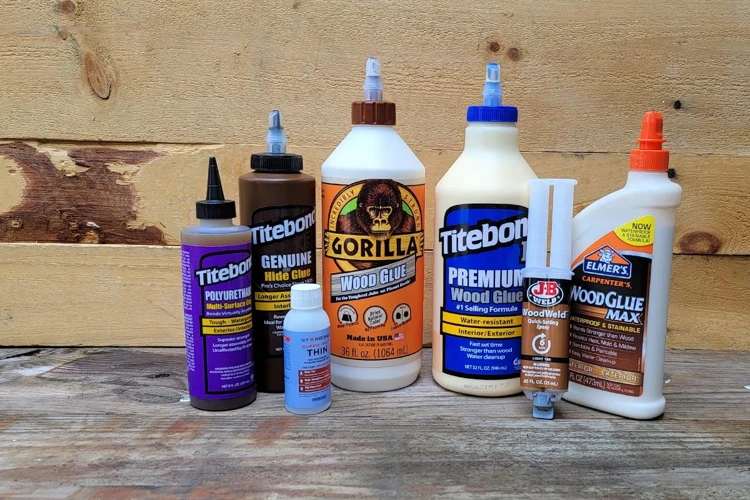When it comes to woodworking projects, one key step in ensuring the longevity and durability of your creation is the adhesive process. Wood glue is a staple in the carpenter’s arsenal, providing a strong bond that can last for years. However, one of the most common questions arises: how can you speed up wood glue drying? Patience is a virtue in woodworking, but sometimes time constraints necessitate a quicker process. Understanding how to expedite drying without compromising the glue’s integrity is essential for any craftsman.
Understanding Wood Glue Drying Times
Common Types of Wood Glue and Their Drying Times
Different wood adhesives come with varying drying times. PVA glues, for example, are widely used and typically take 18-24 hours to fully cure. Epoxy resins offer a stronger bond but can also require a similar setting time. Cyanoacrylate glues, commonly known as super glues, dry much faster, solidifying in mere minutes. Each of these adhesives serves distinct purposes and choosing the right one is crucial for your woodworking project.
The Difference Between Drying and Curing
It’s important to distinguish between drying and curing. Drying refers to the adhesive losing its moisture to the point where it’s no longer tacky and can hold pieces together without shifting. Curing, on the other hand, is when the glue has reached its maximum strength, making the bond as durable as possible. While drying can occur relatively quickly, curing will always take longer.
Factors That Influence Wood Glue Drying Time
Wood Type and Moisture Content
The type of wood you’re working with and its moisture content have significant impacts on drying time. Hardwoods, with their dense grain, may slow down the process, while softer woods might absorb the glue more readily. Moreover, if the wood is damp, it will further delay drying as the glue must contend with the excess moisture.
Air Temperature and Humidity
Environmental factors such as air temperature and humidity play critical roles. Higher temperatures tend to accelerate wood glue curing, while high humidity levels can extend drying times. Keeping your work environment controlled can help manage these variables.
Application Thickness
The amount of glue applied also influences drying time. Thicker layers take longer to dry, as the moisture within has more difficulty evaporating. A thin, even layer is preferable not only for a quicker bond but also for a cleaner finished product.
How To Speed Up Wood Glue Drying
Using Heat to Accelerate Wood Glue Curing
One effective method to accelerate wood glue curing is by introducing heat. A careful application of a heat gun or even a hairdryer set to a low temperature can reduce the moisture content, speeding up the process. However, it’s crucial to apply heat evenly and avoid scorching the wood or causing the glue to bubble.
Improving Air Flow for Quick Dry Wood Adhesive
Improving airflow around your project can significantly aid in reducing wood glue drying time. A well-ventilated space or a gentle fan can help move air across the glued surfaces, carrying away moisture and facilitating a faster bond.
Applying Thin and Even Layers
As mentioned earlier, a thin layer of glue not only dries faster but also creates a stronger bond. Ensuring that you spread the adhesive evenly across the surfaces prevents pockets of moisture from forming, which can delay the drying process.
Fast-Drying Wood Glue Techniques
Choosing Fast-Setting Wood Glue
For those tight on time, opting for a fast-setting wood glue can be a game-changer. These specialized adhesives are formulated to bond quickly, significantly cutting down on clamping and drying times, allowing you to continue working without lengthy interruptions.
Combining Glue with Resin
Another of the fast-drying wood glue techniques includes combining traditional wood glue with resin. This mixture can enhance the bonding strength and reduce setting time. However, it’s essential to follow the manufacturer’s instructions to ensure compatibility and proper usage.
Wood Glue Drying Hacks and Tips
Reduce Wood Glue Drying Time with DIY Methods
- Use a dehumidifier to lower moisture levels in the air.
- Place your project near a heat source, like a radiator, to encourage drying.
- Clamp your work securely, as a tight bond allows for faster drying by holding the wood fibers close together.
Woodworking Glue Drying Tips for Efficiency
Efficiency is crucial in woodworking, and understanding how to optimize glue drying can make a significant difference. Planning your work to allow for natural drying times, using the correct adhesive for the job, and preparing your wood surfaces correctly can all contribute to a more efficient workflow.
Precautions and Tips for DIY Wood Glue Drying
How to Apply Glue Effectively
To apply glue effectively, ensure that the surfaces are clean and fit snugly together. Use a brush or a glue applicator to spread a consistent layer of adhesive, and be mindful not to overapply, as excess glue does not equate to a stronger bond.
Preventing Glue Damage During Drying
When attempting to expedite the drying process, it’s vital to avoid damaging the wood or weakening the bond. Avoid excessive heat, ensure clamps are not too tight to avoid wood deformation, and keep the project away from dust and debris while the glue sets.
Conclusion: Wood Project Adhesive Quick Fix
In the realm of woodworking, time is often of the essence. While traditional wood glue provides a robust bond, knowing how to expedite its drying time can be incredibly beneficial. By understanding the factors that affect drying and employing techniques to quicken the process, you can achieve a wood project adhesive quick fix without sacrificing quality. Remember, it’s about finding the balance between haste and ensuring a lasting bond that will stand the test of time.
When working on wood projects, knowing how to handle wood glue is essential for both the efficiency and quality of your work. If you’re looking to speed up your project timeline, our article on how to dry wood glue fast provides tips and techniques to accelerate the drying process. For those dealing with different adhesive challenges, you might also be interested in learning how to melt wood glue effectively, or if you’re facing a bottle that won’t budge, check out our guide on how to open wood glue to get your project back on track.
Additional Resources and References
For more detailed information on specific glues, drying times, and woodworking techniques, checking manufacturer websites and woodworking forums can provide a wealth of knowledge. Additionally, woodworking classes, online tutorials, and industry publications are excellent resources to further enhance your skills and understand the intricacies of wood glue and its applications.







